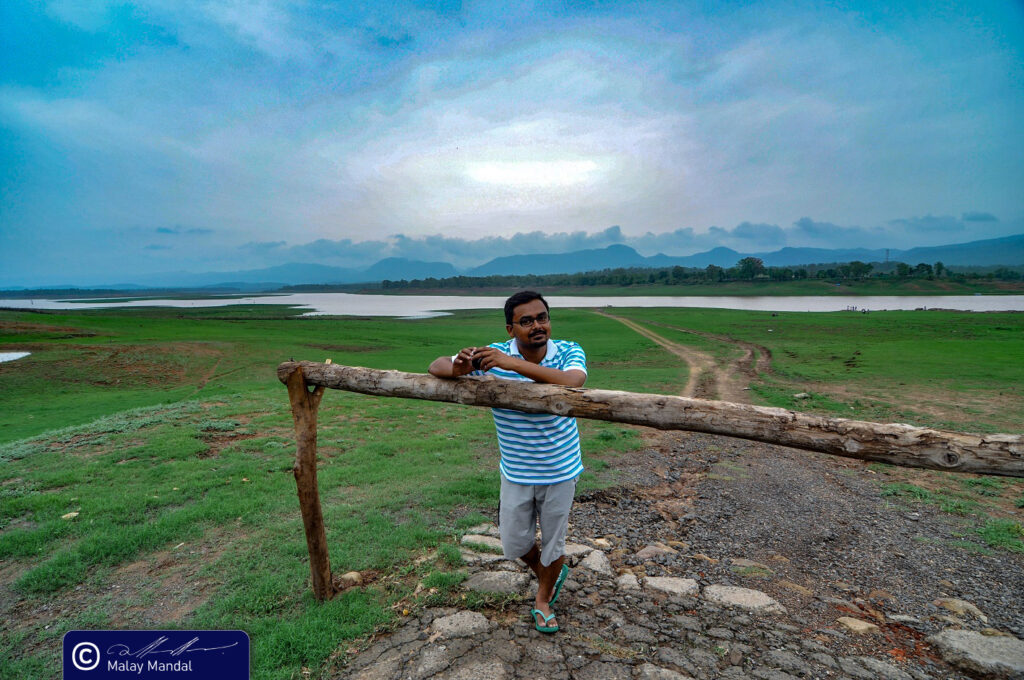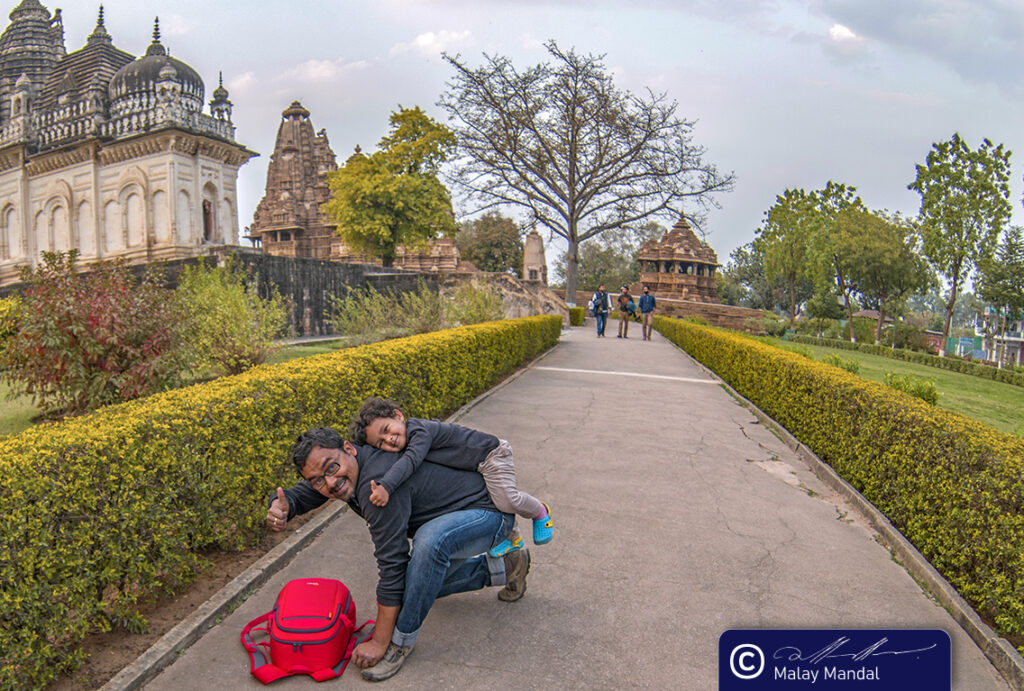From a traveler to a photographer … and finally an Author!
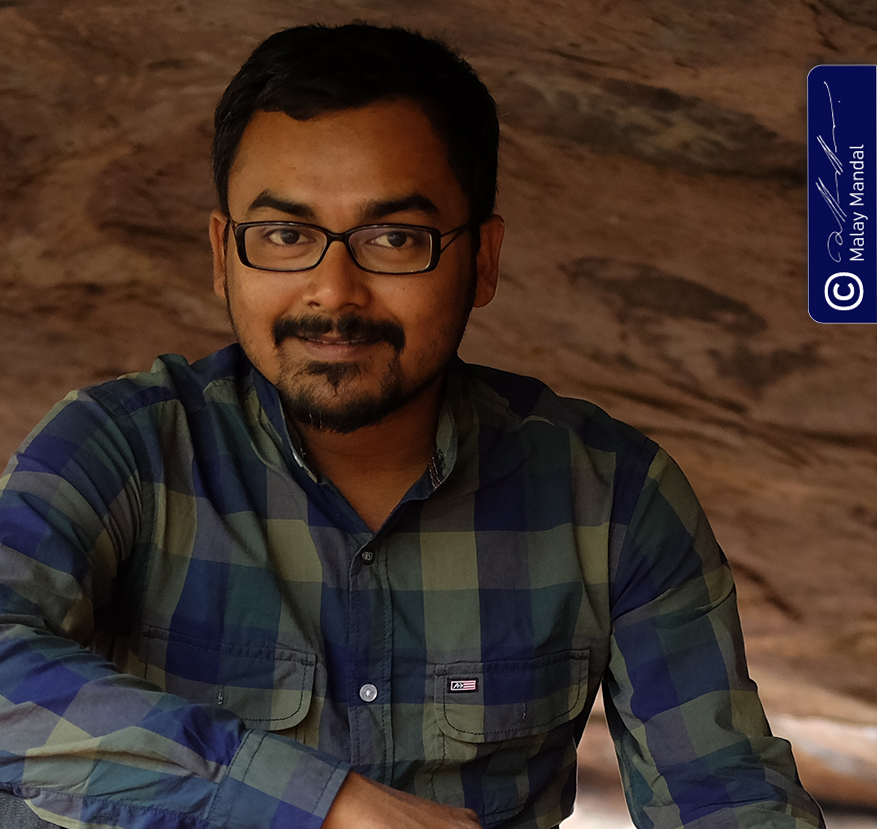
Learning rejuvenates my soul! It is something I cannot stay apart from, for long; more than engagement and enjoyment, learning is satisfaction for my mind. Since my childhood, I have always been attracted by new things, but never at the cost of abandoning the older ones. Explorations help us understand many unknown facets of our personality that otherwise remain dormant, often throughout our lives. That is why, all of us must indulge in things beyond the conventional modes of learning. In our times, these were known as pastimes or hobbies, but now they are considered as full-fledged career options. A growing belief that active engagement in hobbies can help in taking away the stress of our overburdened modern life has also emerged in recent times. Have you ever explored Origami? Or seen Pop-up books? I bet most of you will jump with joy when you see these ingenious inventions of human creativity. These are not covered in any curriculum but they contain the most vital facet of the human mind – Imagination.

When it comes to pastimes, I am a late-comer. My childhood was spent mostly in remote cantonments far off from the urban hustle-bustle. For us pastimes had very limited options; drawing, or painting were the most obvious choices. I was in Class 3, when I first came to know about Postal Stamps. One of my classmates found a small piece of paper ripped along perforated sides with “Malaya” written over it. He thought it prudent to give it to the only Malaya (that’s how my name was originally spelled before I changed it to Malay) he knew. It was unbelievable for the third grader within me to gulp down the idea of sharing his name with a country; clueless though as to where this land is. After Philately, Numismatics casted its magical spell; at one point of time, I even dreamt of discovering old coins. Around this time, I also chanced upon my first magazine – Cricket Samrat – that opened me to the world of photographs. The very idea of freezing a moment into a lifelong frame struck me also like a lightning.
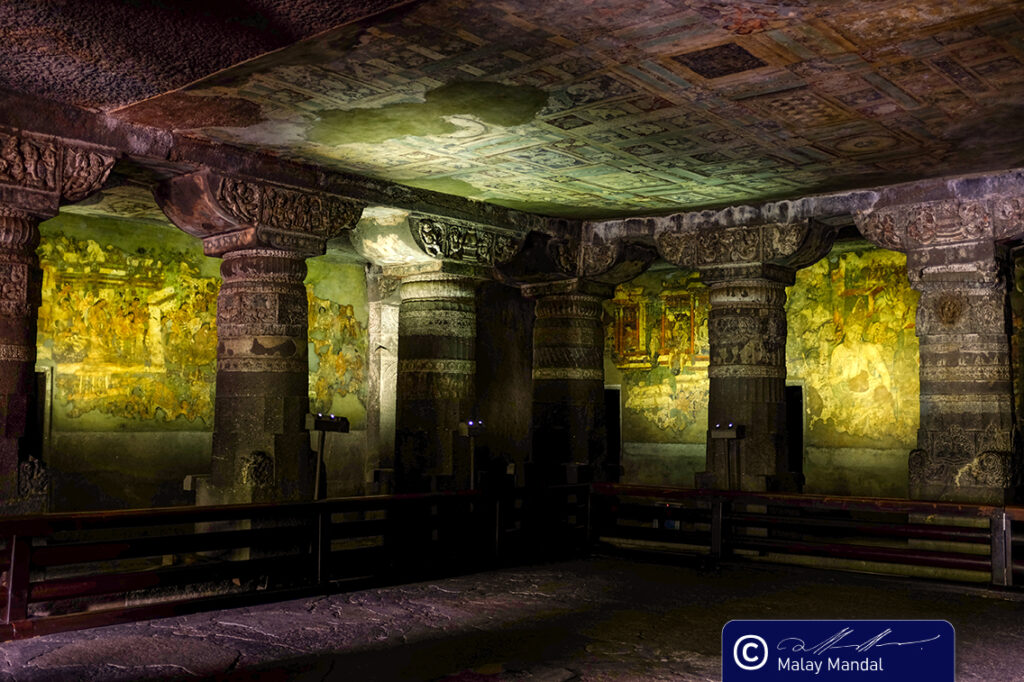
Meanwhile our caravanish life took us to Central India after spending some time in the North and the East. During this tumultuous phase, one thing remained constant – Travelling – largely because of my father who never missed an opportunity to take us for short trips, picnics, excursions and fishing expeditions. Even during our 3 months stay at Allahabad, he took us to see the sacred Sangam – confluence of Rivers Ganga, Yamuna and mythical Saraswati, Allahabad Fort and other attractions. These explorations helped us immensely to open up, see and accept different faiths and cultures effortlessly. Openness in matters of culinary traditions is another important but less recognized ingredient for understanding any city. Suppose you are a Delhite and have never tasted parathas in old Delhi, can you proclaim to have known the real Dilli? From the mandatory bong fish curries, to the tangy south Indian rasam; from the sheer Khurma to the Rosogolla; from the Imli ki Chutney to the Aam ka Achaar our kitchen accommodated anything and everything.

While there was no dearth of travels, both enjoyable and boring, I never found inspiration for writing or maintaining a diary of events; as a matter of fact, our lives were not worthy of documenting in any way whatsoever. Routine things happened in an expected manner with very less element of surprise, people discussed trivial things on superficial levels, same old people-centric staple, and the burden of middle-class aspirations linked only to earning money and not to the pursuit of knowledge. Early in my college days, sometime in 1996, my father gifted me my first camera – Canon PRIMA BF-80 (S. No. 2953061, Fixed Focus, 35mm Film Format, Fixed Lens Canon 32mm f/6.2, 1/60 – 1/250. This changed my world and aspirations; but it was not a digital one and needed films and processing charges for every 36 frames.
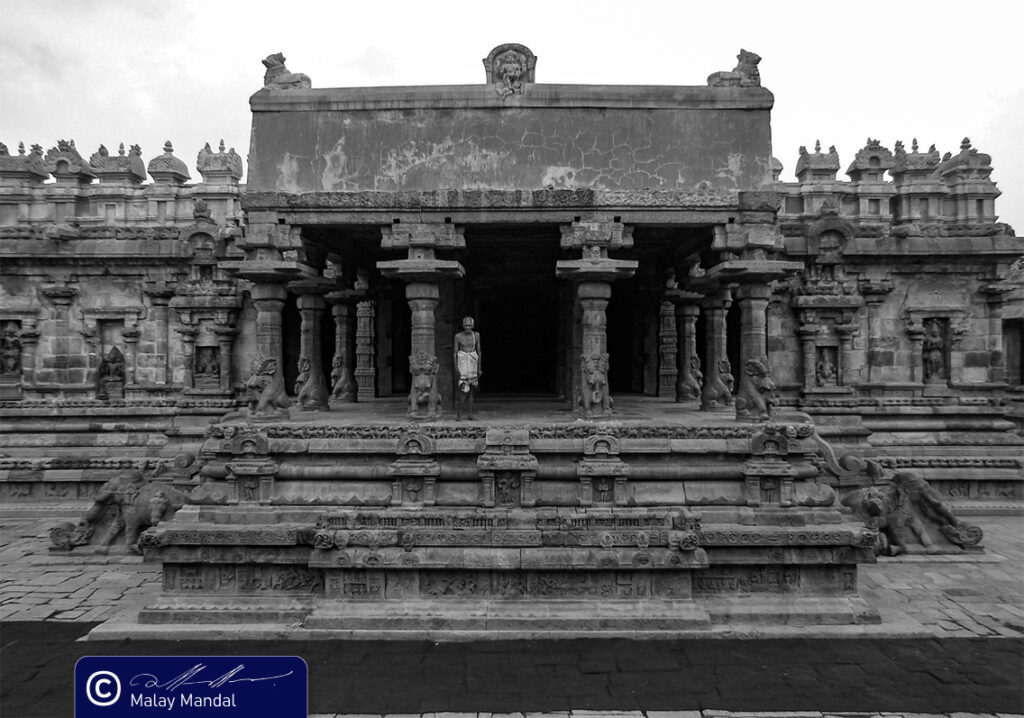
Despite the delicately managed household expenditures with two grown-up kids going to colleges and a sole earning member, my mother would arrange for the cost of the film (then around INR 100 per roll) once in 3 months. Starting with familial photography, I developed a passion for monuments because of the extraordinary bunch of historical edifices in and around Gwalior – a princely state of considerable stature. This camera remained my faithful companion for over a decade. Around this time I undertook and chronicled my first serious travel, both with a camera and a pen. It was an experience-of-a-lifetime; around 80 Kms. on cycles to explore the recently discovered archeological site of Padhawali near Gwalior. This was the beginning of a life-long love affair; and a precursor to numerous other trips in my quest to discover my motherland.
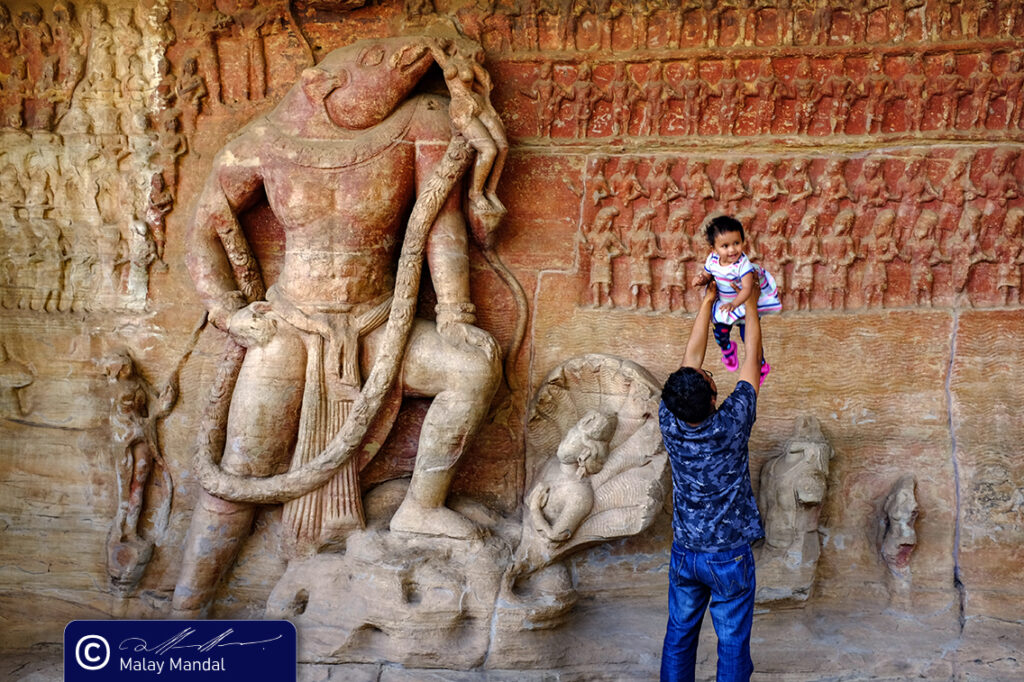
Early into my professional life, I never missed an opportunity to explore; during our training days at Korba, Farakka and later at Hyderabad, I made good use of my film camera. I was improving as a traveler, diligently reading my thick Lonely Planet before embarking on any travel. Loaded with practical infos and a comprehensive coverage about India’s history and culture, LP guidebooks are really an asset for any lone traveller. By 2006, when I acquired my first digital camera, my travel interests had swelled past beyond the “Things-to-see.” I had collected quite a few serious books on India. Takeo Kamiya, Christopher Tadgell, Mark Tully, William Dalrymple, V S Naipaul and Outlook Traveller’s Heritage Guidebooks were some of my favorites. Solo trips across Karnataka (2006) and Tamilnadu (2008) not only bolstered my ambitions, but also turned me into a seasoned traveller. I could understand that every place has a unique character of its own, shaped by its history and demographics.
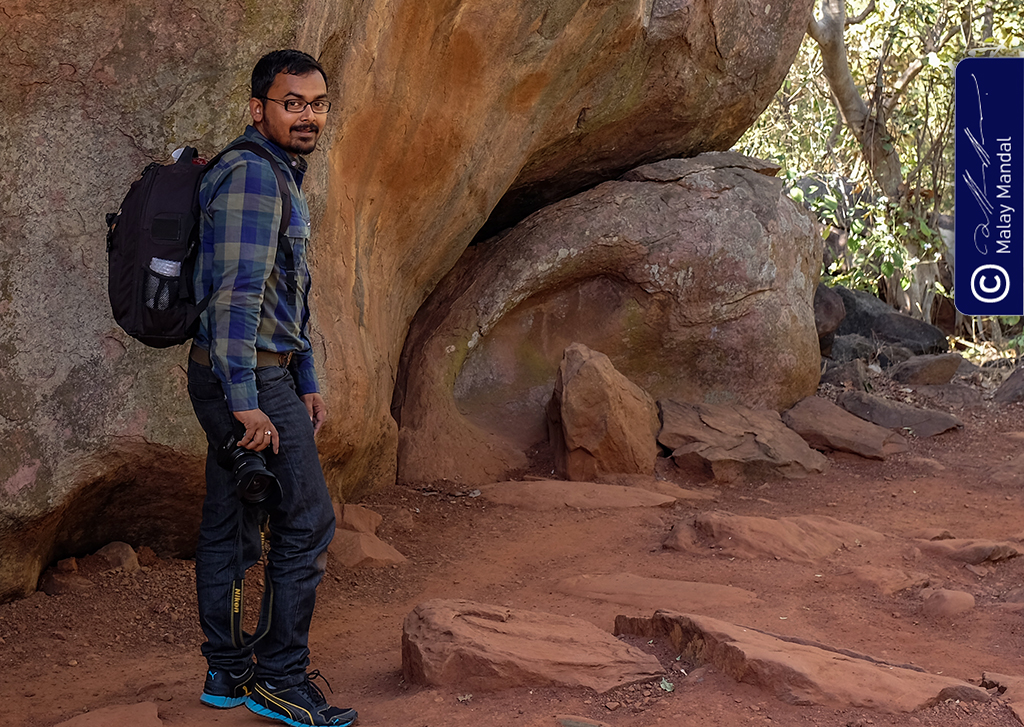
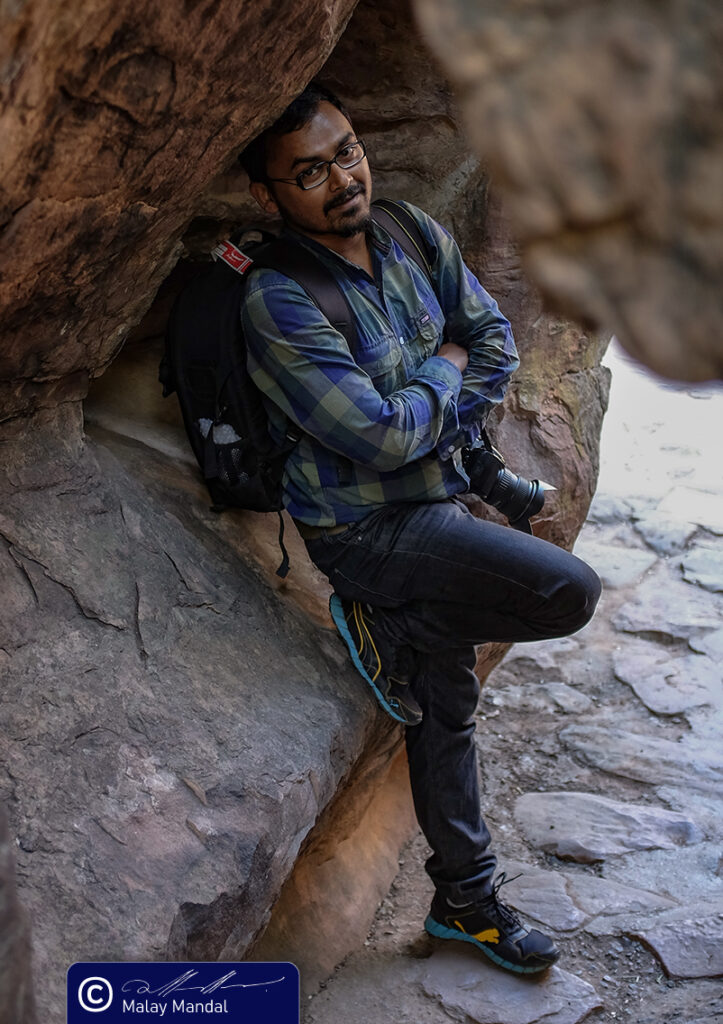
With enhanced understanding and proper homework prior to the actual visit, my trips proved to be more and more enriching; and my destinations more exotic, often unknown. Like our trip to Karauli and Timangarh was nothing less than a discovery; and so was Bandhavgarh. While most tourists want to see a tiger on a single safari, we did 3 safaris in a day – not only to sight tigers but for a whole range of interests – from the ruined temple town atop Bandhavgarh fort to the many Dashavatara monoliths and of course tigers. But, having seen Bandhavgarh and not seeing the Shesh Shaiya is like having been to Angkor and seeing Bayon. On another memorable trip we went to Bundi and Jhalawar with excursions to Gagron Fort and Jhalra Patan. In between the personal trips, my journeys into rural India as a part of professional commitments added a fresh flavor; from the dacoit-infested areas around Shivpuri, to the tribal hamlets around Massanjore, and the openness around Koraput – each trip was special.
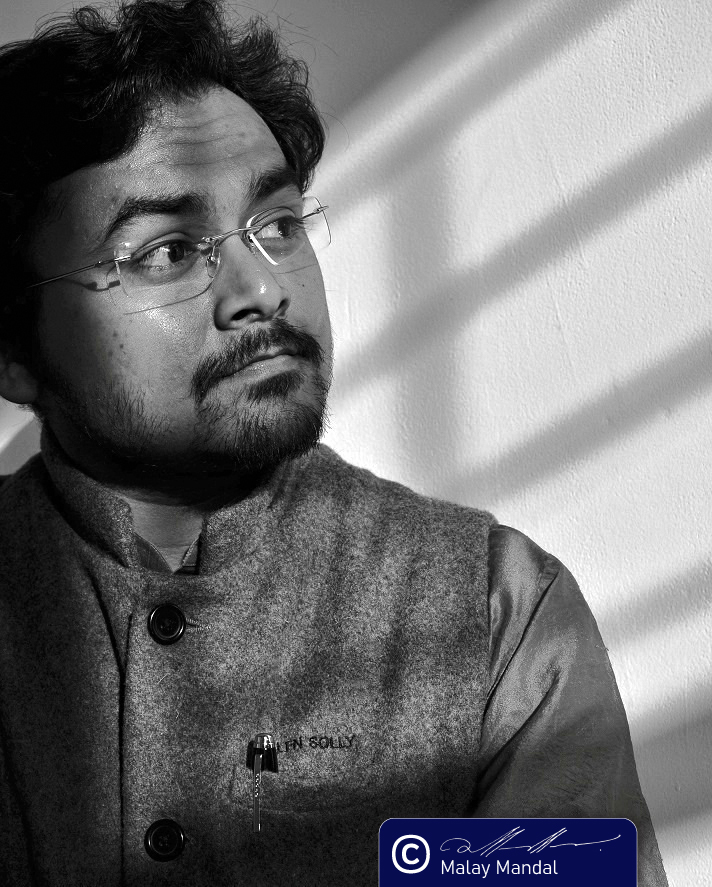
My travels were never slow-paced; instead were of roller-coaster types; over ambitious, flexible to accommodate diversions and excursions and not for the casual traveller. My family members often complained, “The trip was awesome but it could have been a bit relaxed.” When I was planning my maiden overseas trip to Cambodia, I chalked a plan and emailed it to a number of prospective drivers. Not Surprisingly, only three responded; all of them saying, “Your travel plan needs to be modified, it’s not possible!” I finally had to curtail some stopovers to find a driver for my two week stay at Siem Reap. Our family vacation to Vietnam and Singapore was somewhat relaxed as we were in a celebration mode. With Madagascar, the same pattern resurfaced. In an attempt to maximize, we landed in serious trouble. Moving through pitch dark non-existent roads between Antananarivo and Andasibe after 24 hours of flying (Delhi – Mumbai – Nairobi – Antananarivo), I could only curse myself for planning such an itinerary. Before we reached our resort at Andasibe around midnight, my 3-year-old daughter had already slept with an empty stomach.
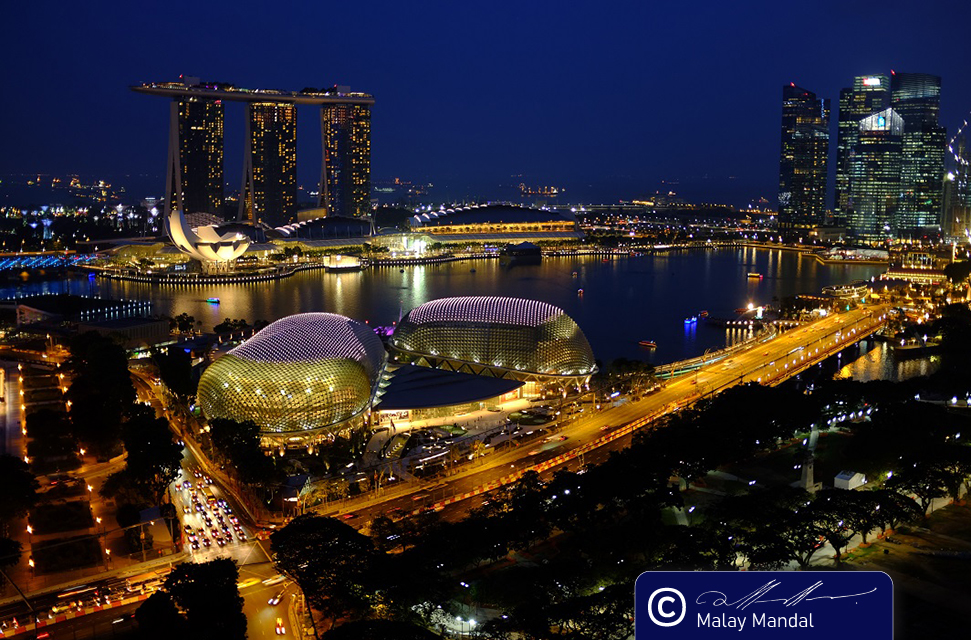
Because of my intense wanderings, I found very little time to chronicle my travel stories. But whenever I had time to spare, my scribblings filled up empty pages, really fast. Diagnosed with a slipped disc, I was advised bed rest for two weeks that I utilized wholly for revisiting and documenting my exotic travels. My journey as a photographer took a steep ascent in 2009; a series of digital SLRs happened in quick succession – Nikon D60, D5000 and finally D90 before my second Ranthambore trip. I increasingly became familiar with the technicalities, and acquired some good glass. Tokina lenses became my preferred ones for their study design and sharp glass. Between 2006 – 2012, I led an unimaginably busy life; not a single week passed without a trip – personal or official. These hectic voyages took me to the length and breadth of India – from Metropolitan Cities, to Small Towns, to Sleepy Muffosils, and to tribal hamlets deep into the jungles.
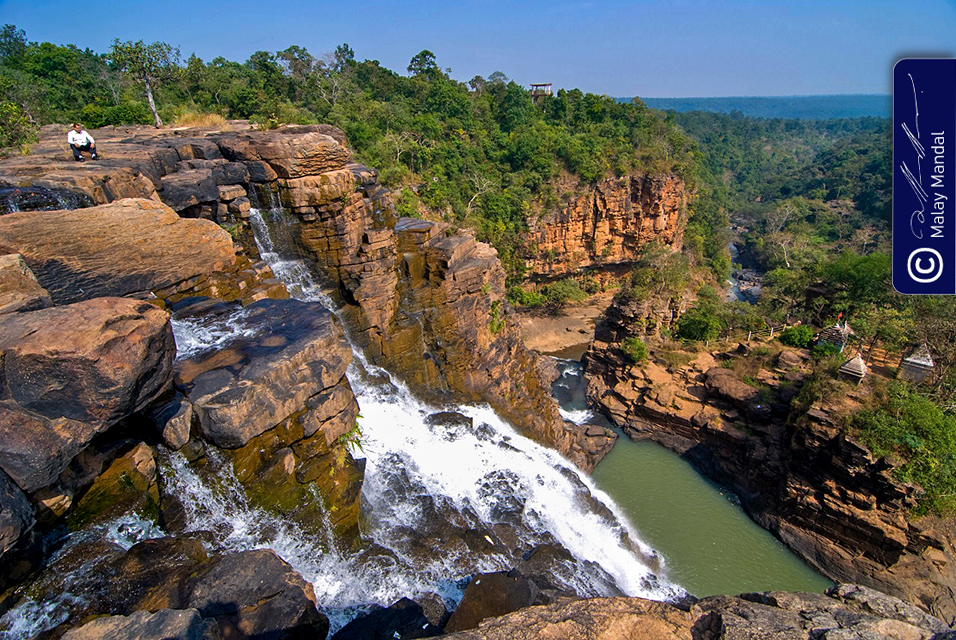
What do you think makes a good photograph? A camera, a good subject or the ingenious use of a camera? Let’s discuss each aspect threadbare! Camera is generally not the deciding factor but a good camera can enhance the output immensely. Selecting a subject is certainly more important than the camera. As a photographer the search is for that elusive moment. You need to think about the frames, add your ideas to enhance them and then comes the execution – to freeze the frame at the right moment. You rarely get iconic images just like that. The third aspect is to improvise using the technicalities. This is like the star trails images or the waterfall shots with slow shutter speeds. To summarize, I would illustrate the case of ace cameraman Sunil Janah; he travelled great distances to find his subjects – the tribal people of India. He also had a Leica for the best possible results, well-conceived his frames and prudently chose the optical settings to arrive at an image. That’s why Janah’s frames contain that exclusivity. We find similar visions in photos by Ron Noronha, an administrator who often doubled up as a photographer. But the differences are apparent in their scope, perspective and yes … of course, the equipment, time and energy.
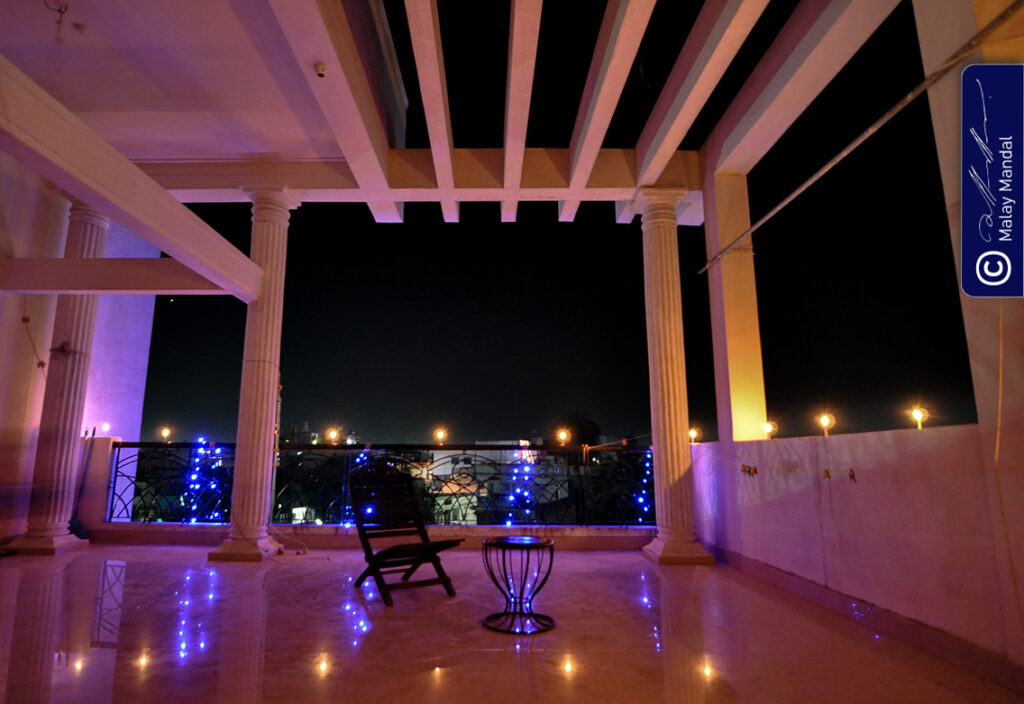
In the middle of 2013, destiny took me to the verdant vistas of Satpura range. All of a sudden, I found ample time to pursue my old pastimes that had somewhat moved into the background. Traveling, Photography, Reading, Writing, Drawing and Painting took centre stage; Around this time, the traveler cum photographer first thought of becoming an author. My objective to document the fast depleting natural wealth of Central India charged me up. While I was thoroughly absorbed in the idea of publishing my first book, I had full-fledged professional commitments. I wanted to resign but couldn’t. Despite the many odds, my book got published and soon I realised that writing books is certainly not that lucrative as a career. Should I stop writing if there are no readers? Or should I write something that is sellable? Juicy, gossipy, stuff that sells like hot cakes. As always, I decided to follow my soul; and moved ahead with the objective of documenting India’s immense cultural and natural wealth. We were driven by passion and not by the returns. Today, our books are catalogued at world’s best libraries, and none of them are best-sellers.
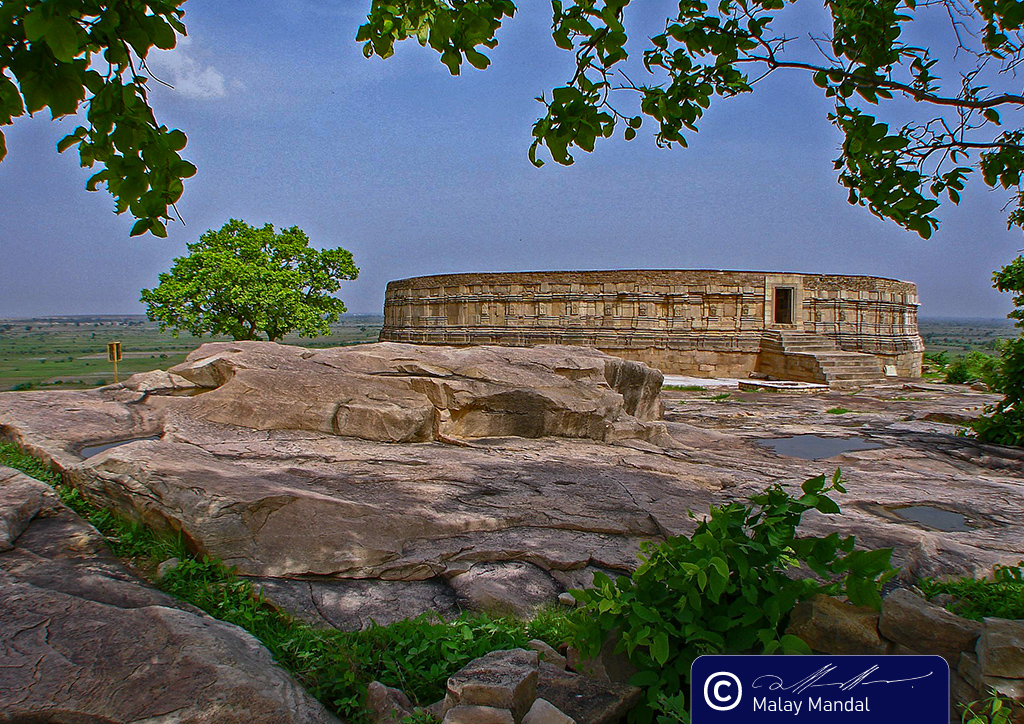
After Wild Escapades, I collaborated for “Brahmi: Rediscovering the Lost Script” (2016) as a Co-Author. Medieval history has always been my preferred choice over the Ancient and the Modern. Brahmi made me read piles of historical works by Romila Thapar, Upinder Singh, Nayanjot Lahiri, Himanghsu Prava Ray in addition to the colonial writings from the annals of ASI. A routine day started early with a few hours of reading before rushing to the office. There, I would use most of my spare time for reading more. Returning back, a round of tea followed by study till midnight, breaking in-between for dinner. My love for the ruined site Mandu resulted in Xplore Mandu (2017) while Wild Madhya Pradesh (2018) happened solely because of Shri Rajnish K Singh. The Magic of Mandu (2019), a collaborative project spread across timelines and international boundaries, gave me an opportunity to work with stalwarts like Dr. M. K. Ranjitsinh and Dr. Mamoun Sakkal. Xplore Khajuraho (2019) is a tribute to the timeless art traditions of Chandelas who took temple making to new heights, in India and World Over.
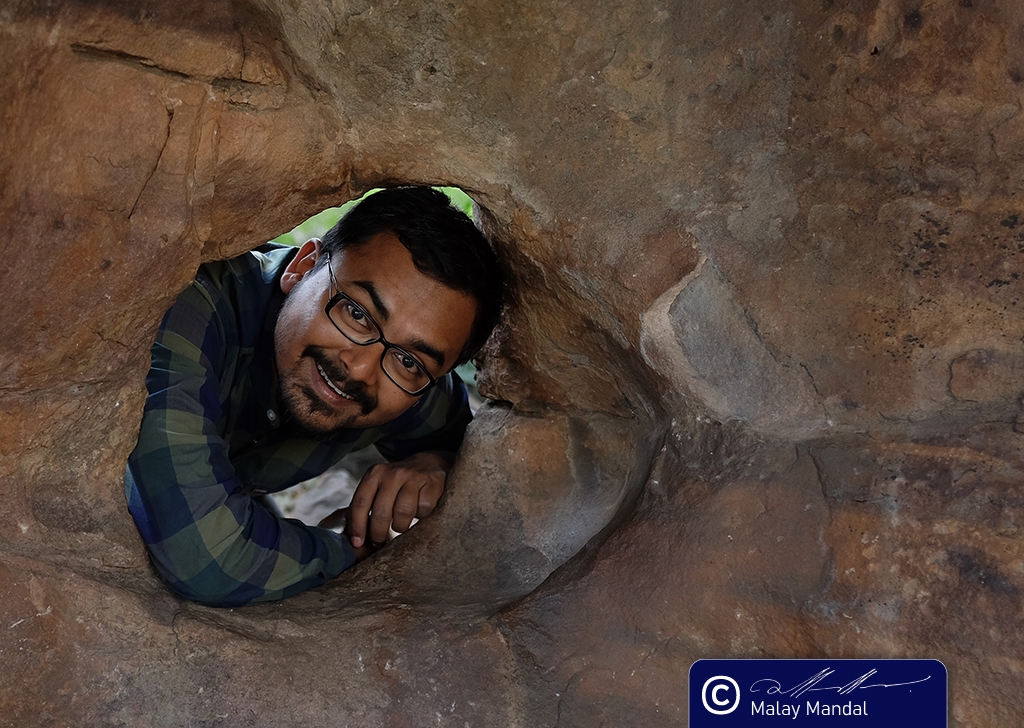
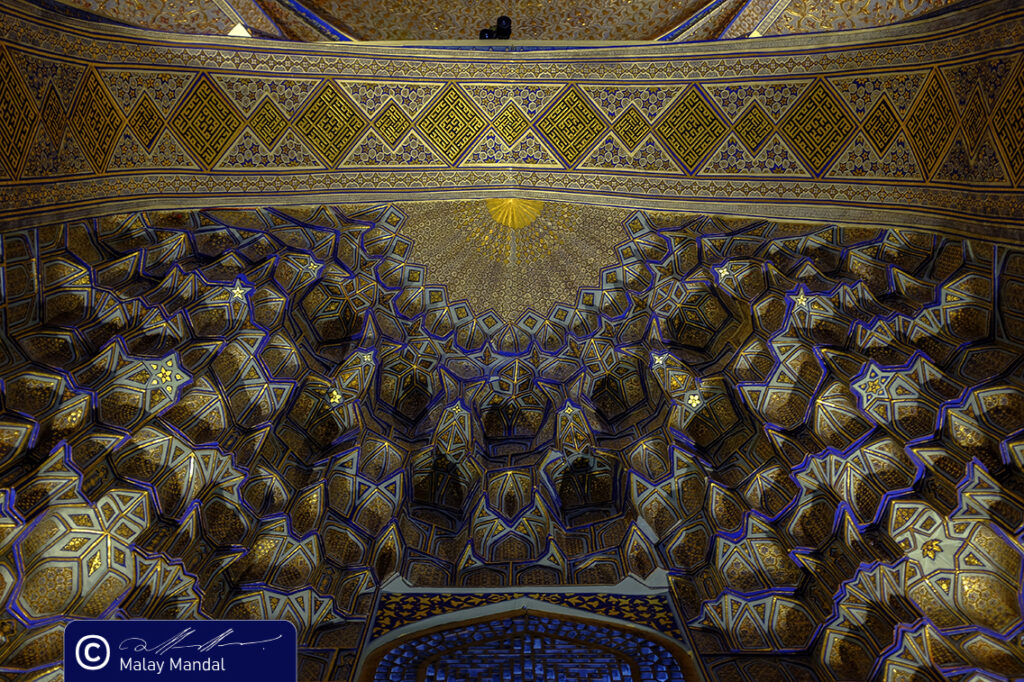
Writing is a continuous process; something that is integrally linked to our thought process. While our thought process is random and uncontrollable, writing is balanced; we record only those ideas that get approval from our conscience. In other words, writing is a condensed form of what all goes inside our mind. And a human mind never remains idle. Currently, a few new projects are hovering over my head. Angkor is certainly on the top of my list; more so with my enhanced understanding of Khajuraho. I would like to investigate the many mysteries surrounding the spread of Indian ideas of temple-making, mythological visual narratives and its associated iconography in ancient Cambodia. Possibility of a second tour with my newly acquired medium format digital camera cannot be ruled out in near future if the pandemic situation improves. Still then, the research must go on …
